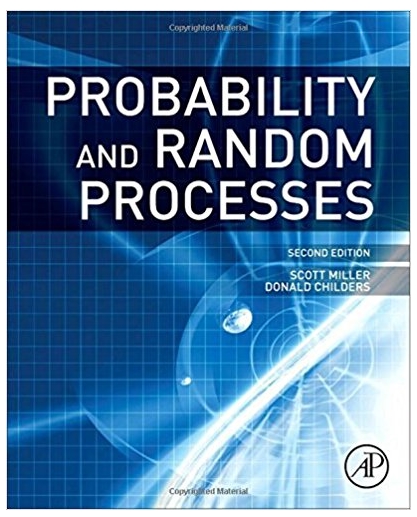Question
6 questions in math statistics. Must show all work for each. 1.Political polls typically sample randomly from the U.S population to investigate the percentage of
6 questions in math statistics. Must show all work for each.
1.Political polls typically sample randomly from the U.S population to investigate the percentage of voters who favor some candidate or issue. The number of people polled is usually on the order of 1000. Suppose that one such poll asks voters how they feel about the Presidents handling of the crisis in the financial markets. The results show that 575 out of the 1280 people polled say they either approve or strongly approve of the Presidents handling of this matter. Based on the sample referenced above, find a 95% confidence interval estimate for the proportion of the entire voter population who approve or strongly approve of the Presidents handling of the crisis in the financial markets. Now, heres an interesting twist. If the same sample proportion was found in a sample twice as largethat is, 1150 out of 2560how would this affect the confidence interval? 2.How is the rejection region defined and how is that related to the z-score and the p value? When do you reject or fail to reject the null hypothesis? Why do you think statisticians are asked to complete hypothesis testing? Can you think of examples in courts, in medicine, or in your area? 3.What is the difference between the 'null hypothesis' and the 'alternate hypothesis'? 4.What are some tips for knowing 'how' to set up the two hypothesis? 5.Is the 'claim' always the alternate hypothesis? 6.When do we use a z-value rejection region when testing a claim about a population mean? When do we use a t-value?
Step by Step Solution
There are 3 Steps involved in it
Step: 1

Get Instant Access to Expert-Tailored Solutions
See step-by-step solutions with expert insights and AI powered tools for academic success
Step: 2

Step: 3

Ace Your Homework with AI
Get the answers you need in no time with our AI-driven, step-by-step assistance
Get Started


